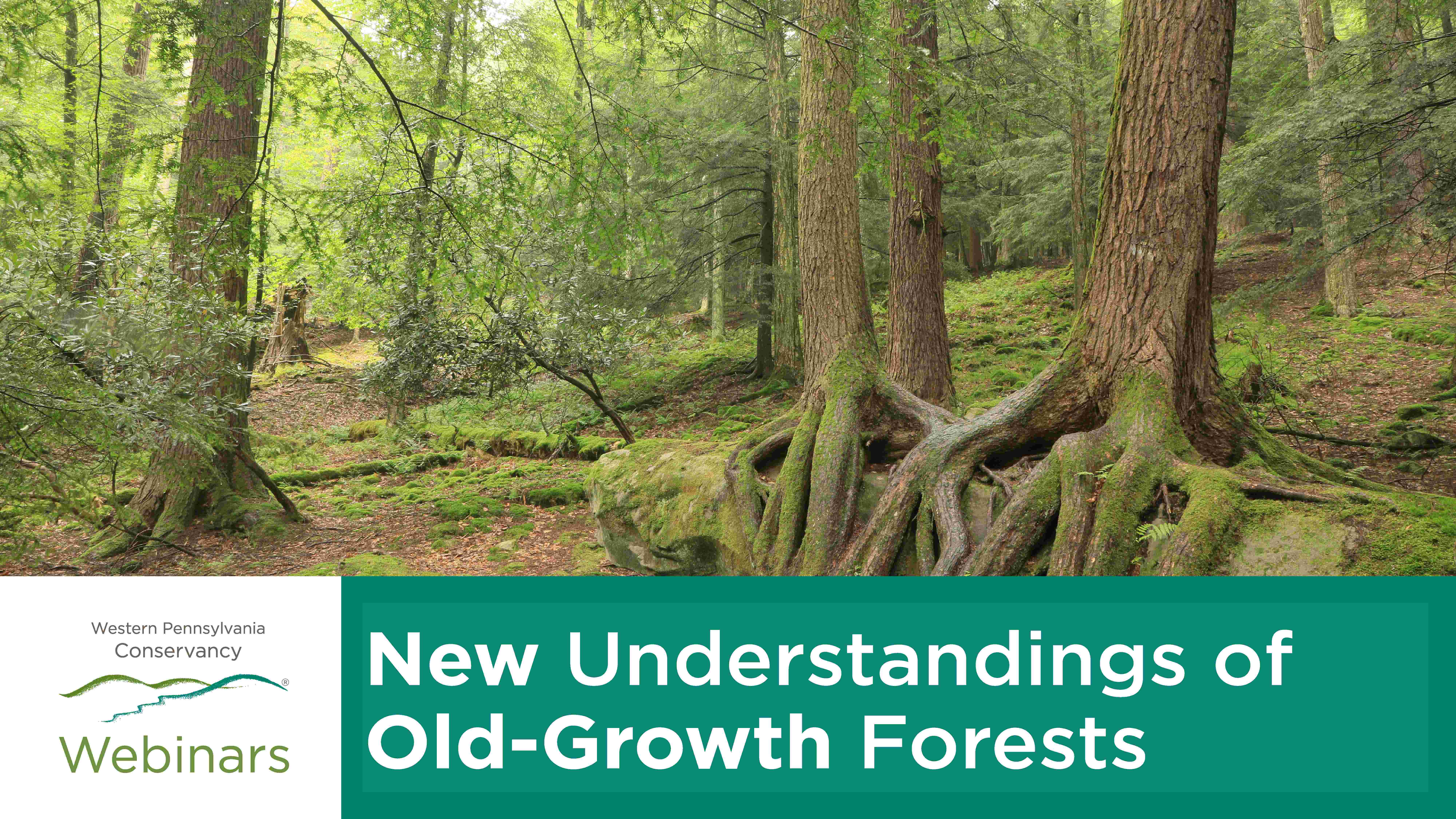
What do Cook Forest State Park, Allegheny National Forest’s Hearts Content Recreation Area, and the Western Pennsylvania Conservancy’s Tryon-Weber Woods all have in common? They are some of Pennsylvania’s old-growth forests, a rare and special habitat composed of old trees–some more than 200 years old–that survived the massive logging activities of the late 1800s and early 1900s and continue to persist today. Given their age, combined with forest dynamics over a long period of time, old-growth forests provide habitat for a wide variety of plants, animals, bryophytes and fungi. They also play an important role in storing carbon, both in living and dead trees.
With a grant from the Pennsylvania Department of Conservation and Natural Resources’ Bureau of Forestry, WPC’s Pennsylvania Natural Heritage Program staff have been conducting a four-year study to better understand the unique characteristics of Pennsylvania’s old-growth forests and their associated biological diversity.
Join Conservancy Ecological Assessment Manager Mary Ann Furedi, Ph.D. and Conservancy Botany Program Manager Scott Schuette, Ph.D., both with the Pennsylvania Natural Heritage Program, for a free webinar as they discuss the many aspects of this project, including the history of some of Pennsylvania’s old-growth sites, where they are found in the state, and why they are important.
In addition, they’ll share field observations and the assessment methodology they developed to identify ecological characteristics and the condition of old-growth forests in Pennsylvania. They will introduce some of the interesting plants, animals and fungi found in these old forests and suggest best management practices and strategies for conserving these important ecological legacies.
